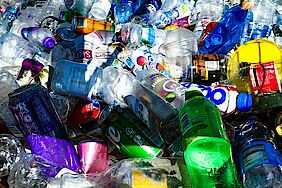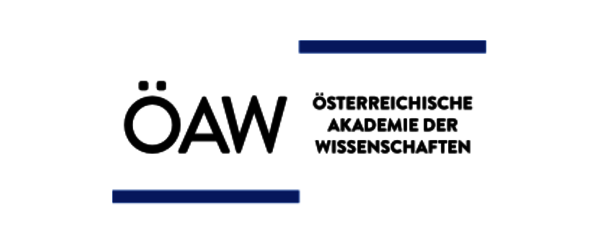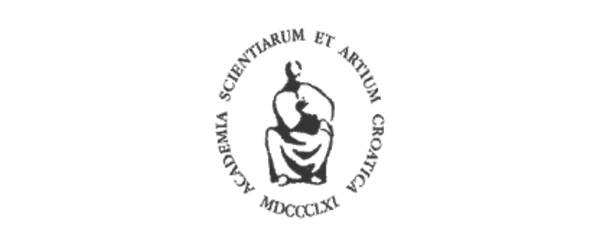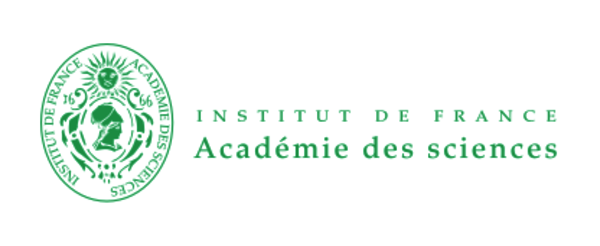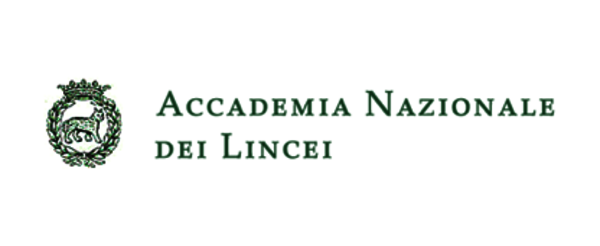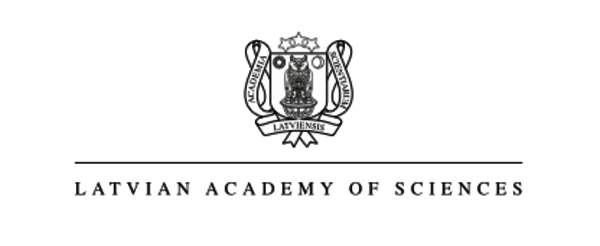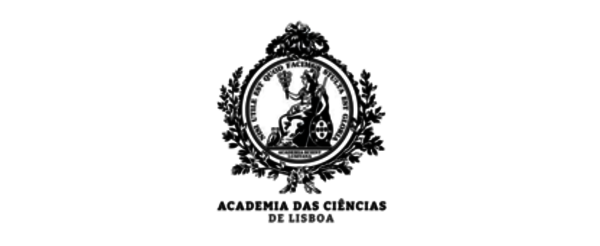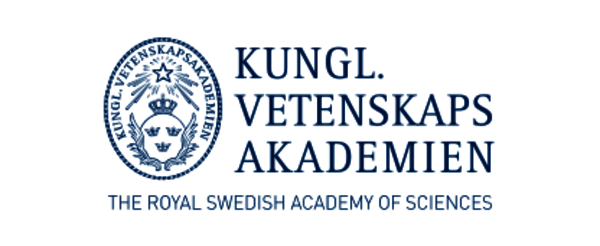News & Academies' activities
“We find microplastics in human brains”
What makes plastics such a problem?
Norton: For many types of waste, such as paper or organic waste, there is a natural degradation pathway. It's different with plastic. The material breaks down into small pieces when exposed to ultraviolet sunlight, but the lifespan of the material is virtually unlimited. Larger pieces of plastic waste have obvious effects on living organisms, there are piles of photos of sea turtles fatally entangled in plastic debris or fish dying from swallowing pieces of plastic. People may not eat plastic bags, but micro- and nanoplastics are now everywhere. We find it in the fog on Mount Fuji in Japan, in the deep sea and even in Antarctica. The material enters the food chain and reaches humans, who also take it in through the air and drinking water.
What are the health implications?
Norton: It is not possible to estimate how serious the problem is at the moment because there is no data yet. But we do find microplastics in human brains or in the placentas of pregnant women: There is no escape. We can understand the pathways of microplastics through the ecosystem, but the effects are not yet understood. In any case, we should follow the precautionary principle and try to control the spread before possible negative health effects are proven. The amount of plastic produced will triple by 2060 if we carry on as before. As scientists, we want to prevent this at all costs.
What specific proposals does EASAC recommend?
Norton: We need a systemic approach that can work on multiple fronts at the same time. Reducing production is crucial for non-recyclable plastic products. For example, the film packaging for many food and other products cannot be recycled economically. Collecting plastic for reuse, recycling and disposal is another important issue. Shops can be held accountable and should share responsibility for taking back plastic. Plastic coffee cups and similar disposable containers should be made reusable or at least recyclable. For obvious problem products like these, a system for reuse or disposal should be mandatory for retailers. There is also nothing wrong with using good old cups with coasters where possible.
This interview was conducted by Markus Kessler.

